Black and White Colobus Monkeys are fascinating primates known for their striking appearance and unique behaviours. In the mountainous regions of East Africa like Mount Kilimanjaro, Mount Meru and Mount Kenya, you’ll find monkeys of extraordinary beauty, characterized by their long, black-and-white fur, fluffy tails, and faces with wide, prominent noses that give them an expression of perpetual surprise or sadness. These monkeys, known as colobus, derive their name from the Greek word “Kolobos,” meaning “maimed” or “mutilated,” due to their unique trait: a thumb that is significantly reduced in size, almost vestigial. This might seem like a disadvantage, but in reality, it’s an evolutionary advantage tailored to their arboreal lifestyle. In Tanzania, there is an abundant population of these monkeys on Mount Kilimanjaro’s rainforest and Mount Meru. Kenya is home to both the coastal woodlands and the interior high-country regions of the two species of black and white colobus monkeys which can be found in Mount Kenya. Although they are uncommon and endangered, red colobus monkeys can also be found in Zanzibar. The olive and black colobus monkeys are two more species found in Africa. All varieties of closed forests, such as montane and gallery forests, are home to these monkeys. This species also frequently resides in bamboo stands.
The Evolutionary Advantage of the Small Thumb
Their diet, consisting mainly of leaves, fruits, and flowers, requires no tools for gathering, making the opposable thumb unnecessary. Colobus monkeys prefer to sit or recline on branches, never hanging, and use their hands to pluck leaves directly from the top of branches, further negating the need for a large thumb.
A Diet of Poison and Leaves
Luxurious Fur and Varied Habitats
The Debate Over Kilimanjaro Guereza
From Birth to Adulthood
Description and Classification:
- Family: Cercopithecidae
- Genus: Colobus
- Species: There are several species within the genus, but the most commonly known are:
- Colobus guereza (Guereza or Eastern Black-and-White Colobus)
- Colobus polykomos (Western Black-and-White Colobus)
- Colobus angolensis (Angola Colobus)
Physical Appearance:
- Fur: They have long, silky black fur with distinctive white markings, which can vary by species. For instance, the Guereza has a white tail, white facial hair, and a mantle of white hair around its shoulders.
- Tail: Their tails are long and bushy, often used for balance and communication.
- Size: They can grow up to 20-28 inches (50-70 cm) in body length, with tails adding another 20-36 inches (50-90 cm). Males are generally larger than females.
- Weight: Adults weigh between 15 to 30 pounds (7-14 kg).
Adaptations:
- Digestive System: Colobus monkeys have a complex stomach with multiple chambers, similar to ruminants, which allows them to digest leaves more efficiently. This adaptation is crucial as leaves are their primary food source.
- Locomotion: They are adept leapers and climbers, with adaptations like long limbs for swinging and leaping between trees.
- Hands and Feet: Their hands and feet are adapted for gripping branches, with opposable thumbs and big toes.
Habitat:
- Range: They are native to the forests of Central and East Africa. Different species inhabit various types of forests, from lowland rainforests to montane forests.
- Altitude: Some species can be found at high altitudes, up to 3,000 meters above sea level.
- Behaviour in Habitat: They are primarily arboreal, spending most of their time in the trees. They form social groups that can range from small family units to larger groups of up to 20 individuals.
Behaviour and Social Structure:
- Diet: Their diet consists mainly of leaves, but they also eat fruits, flowers, and bark. This diet requires them to spend a lot of time resting to aid digestion.
- Social Groups: They live in groups led by a dominant male, with females and their offspring. These groups have complex social structures involving grooming, play, and hierarchical interactions.
- Communication: They use a variety of vocalizations, body postures, and visual signals like tail movements for communication.
Conservation Status:
- Many species of Colobus monkeys face threats from habitat destruction due to logging, agriculture, and human settlement. They are also hunted for their fur and bushmeat. Conservation efforts are ongoing to protect their habitats and control hunting.
The Diversity of Colobus Monkeys Beyond Black and White
- Black and White Colobuses: This group includes several species, though only a few feature the iconic white mantles and tails. Most have white markings, but the black colobus (Colobus satanas) stands out with its entirely black fur, save for slightly lighter fur around the face.
- Red Colobuses: These monkeys display a spectrum of colors beyond black and white, incorporating shades of brown, orange, red, and sometimes gray. A notable example is the Zanzibar red colobus (Piliocolobus kirkii), named after explorer John Kirk, which sports a distinctly red back.
- Olive Colobuses: This genus contains just one species, known for its green-olive or brown fur.
The Zanzibar Red Colobus: A Conservation Story
Habitat Loss: A Persistent Threat
Additional information
| Habitat | Kilimanjaro National Park, Mount Meru, Mount Kenya, Rwenzori |
|---|

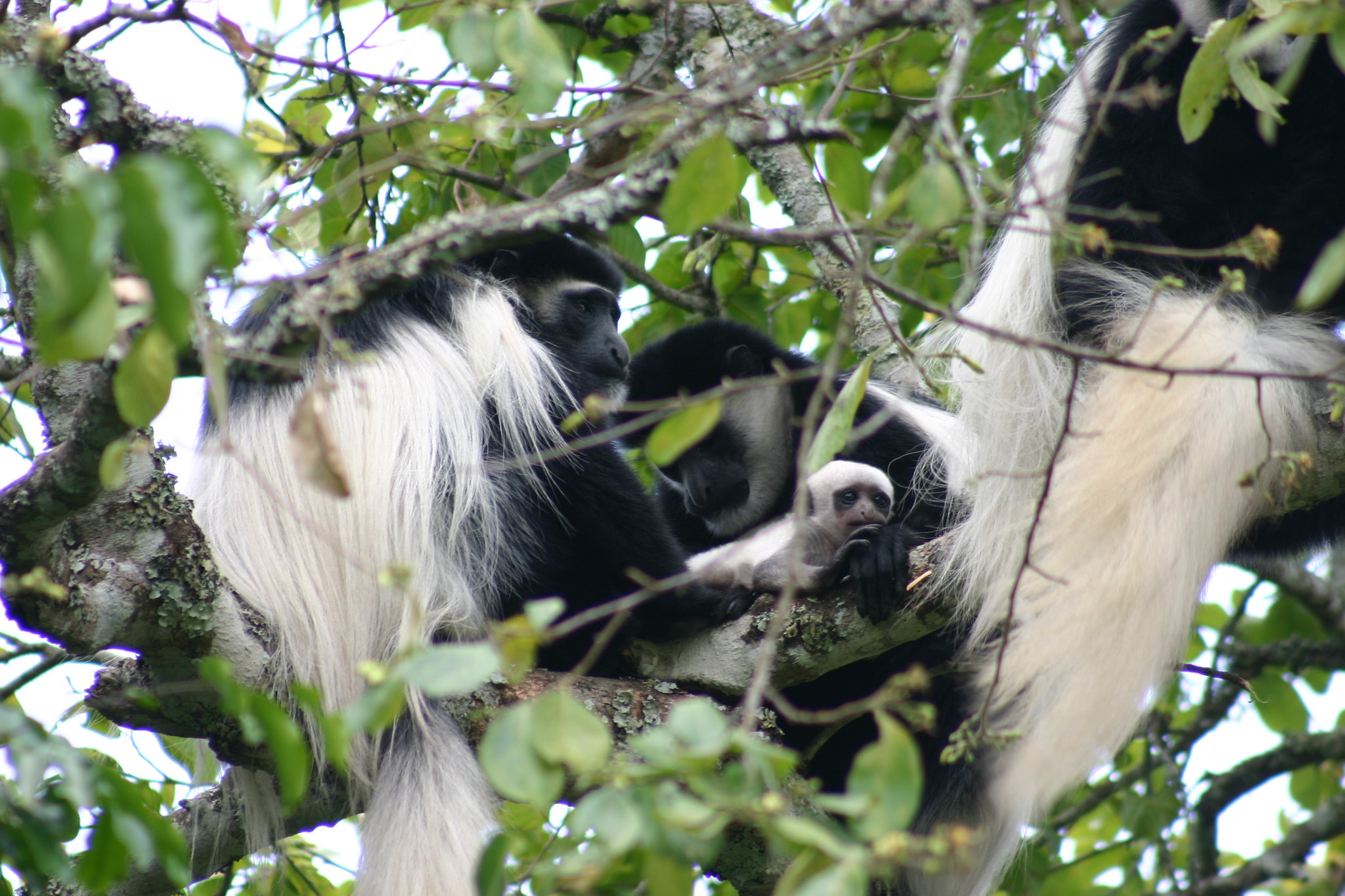
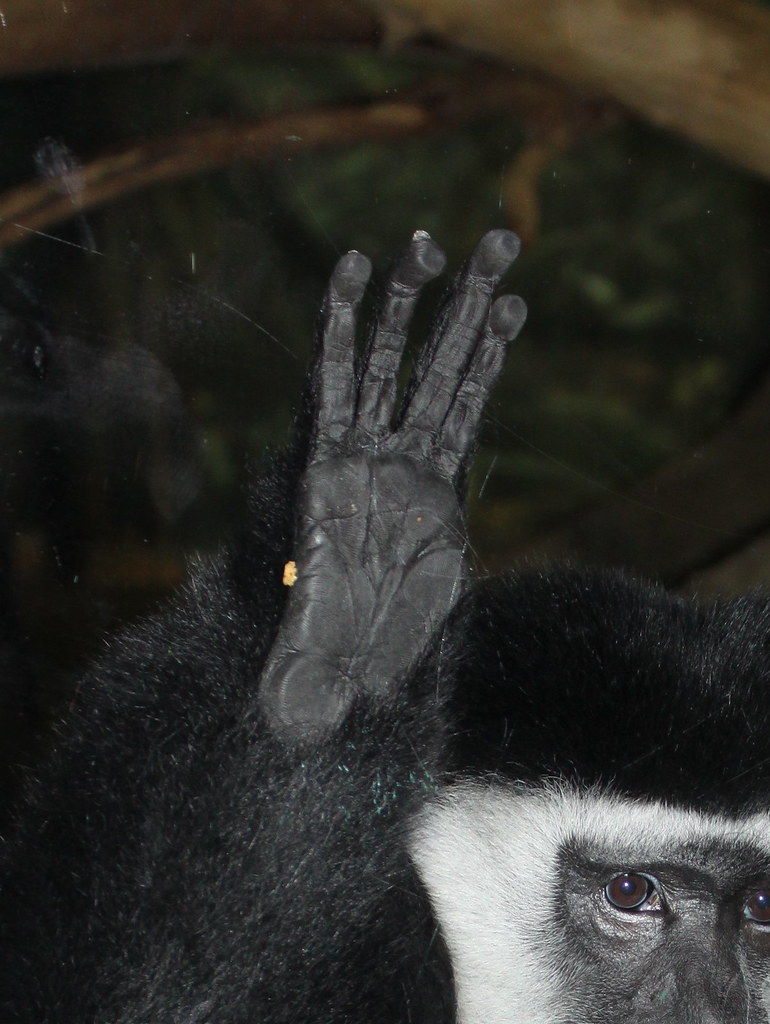
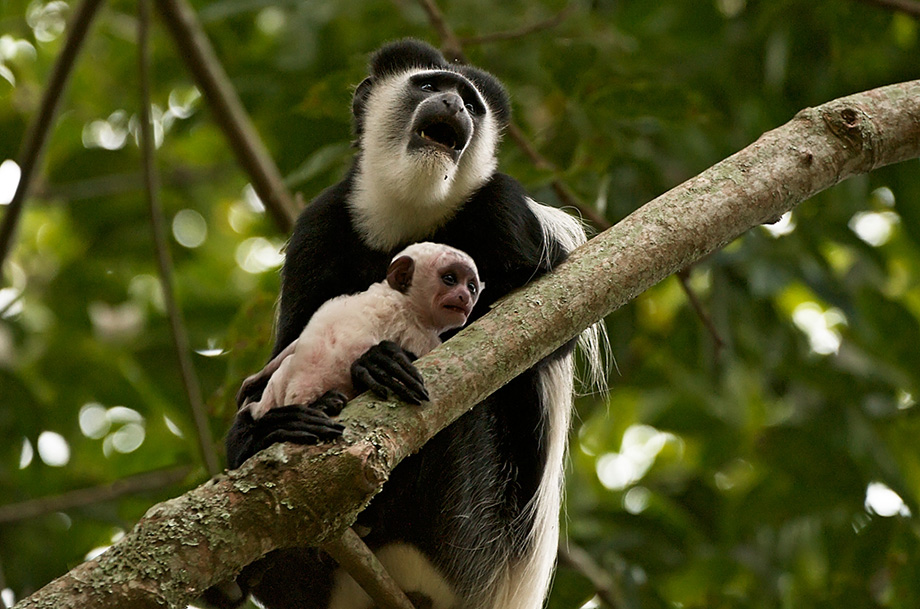
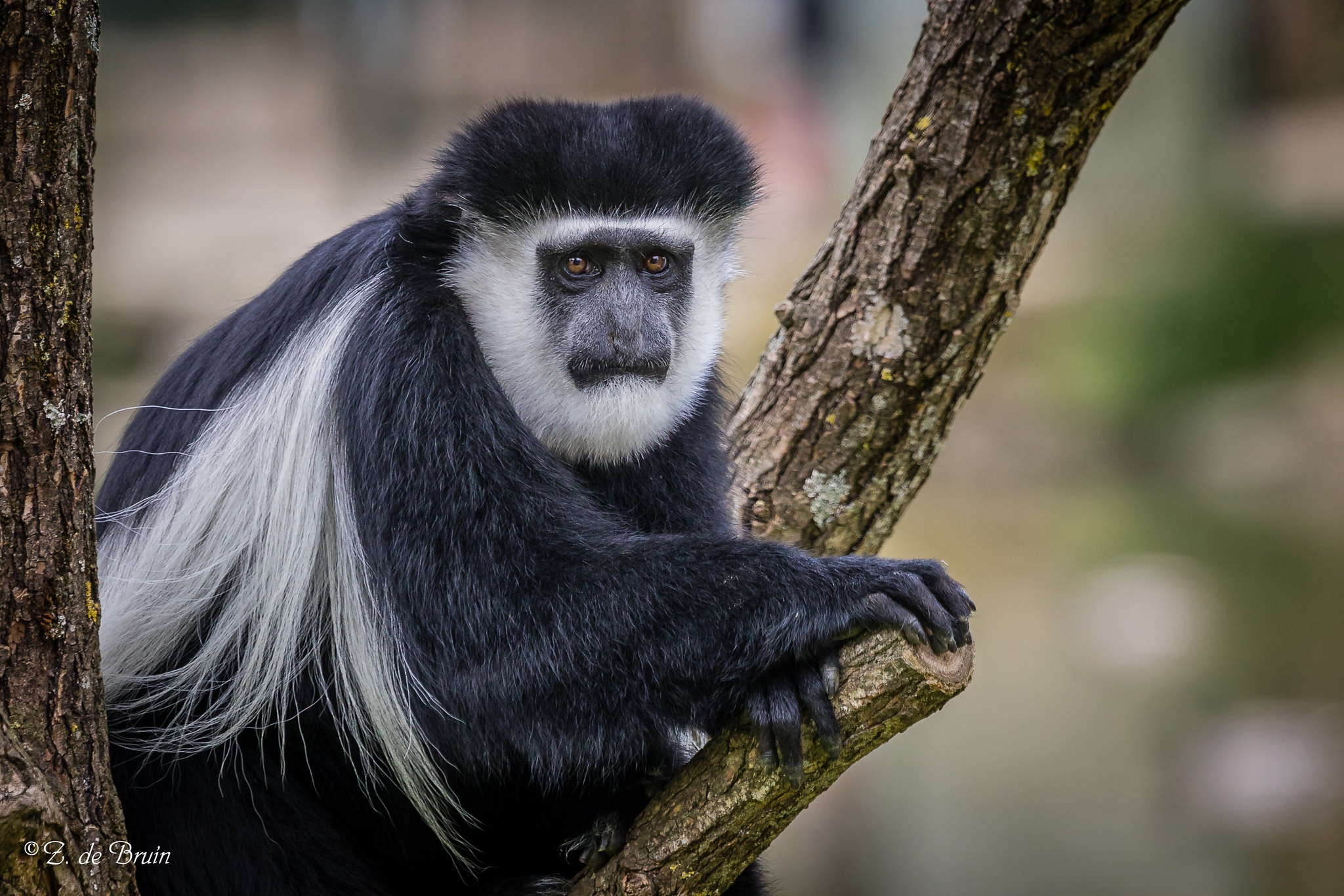
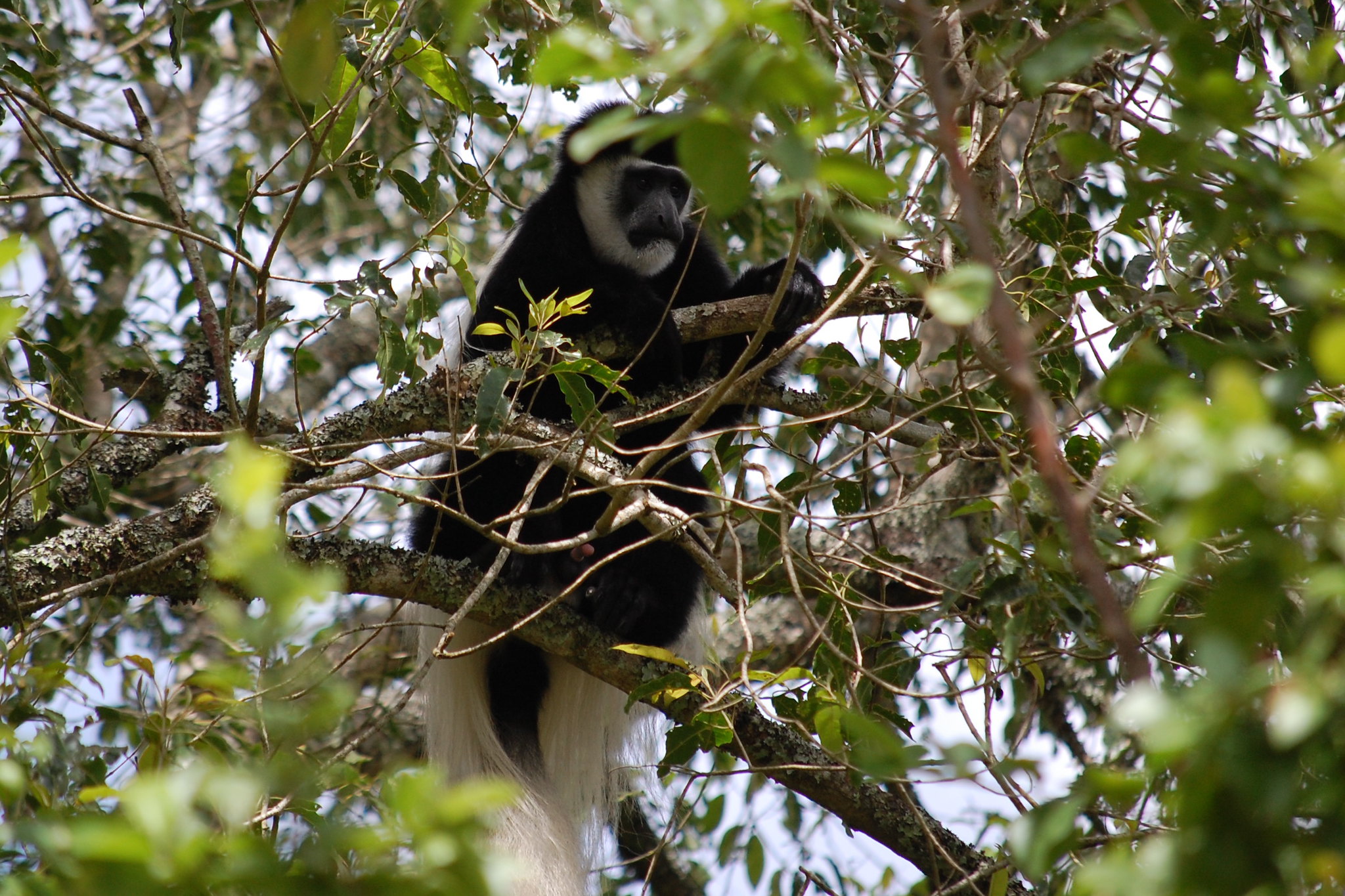

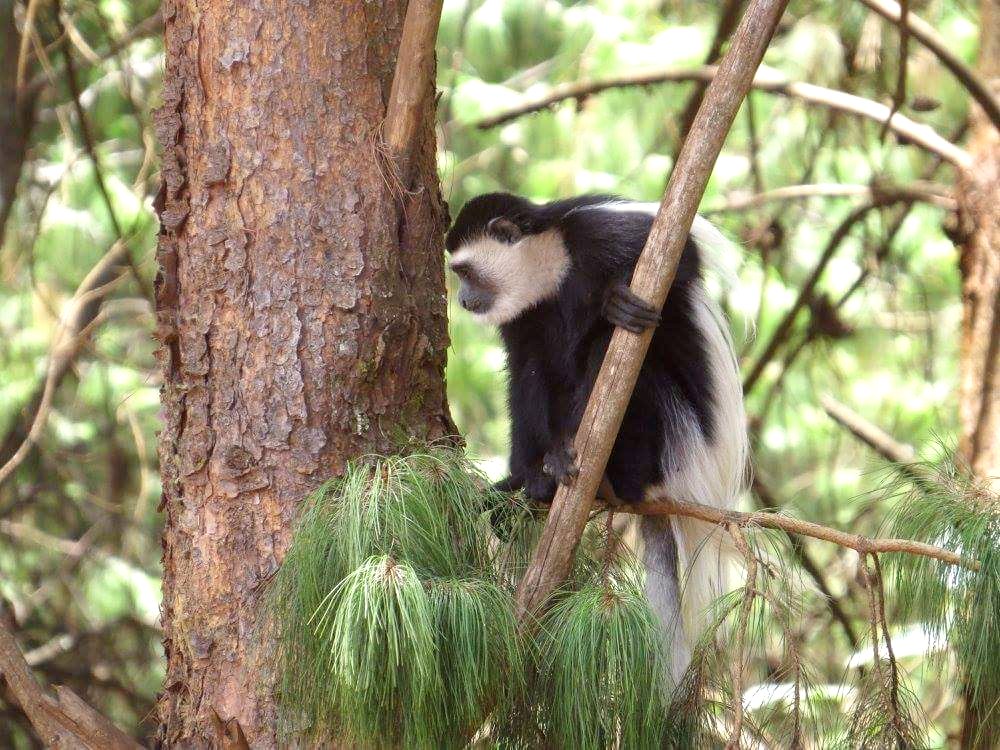
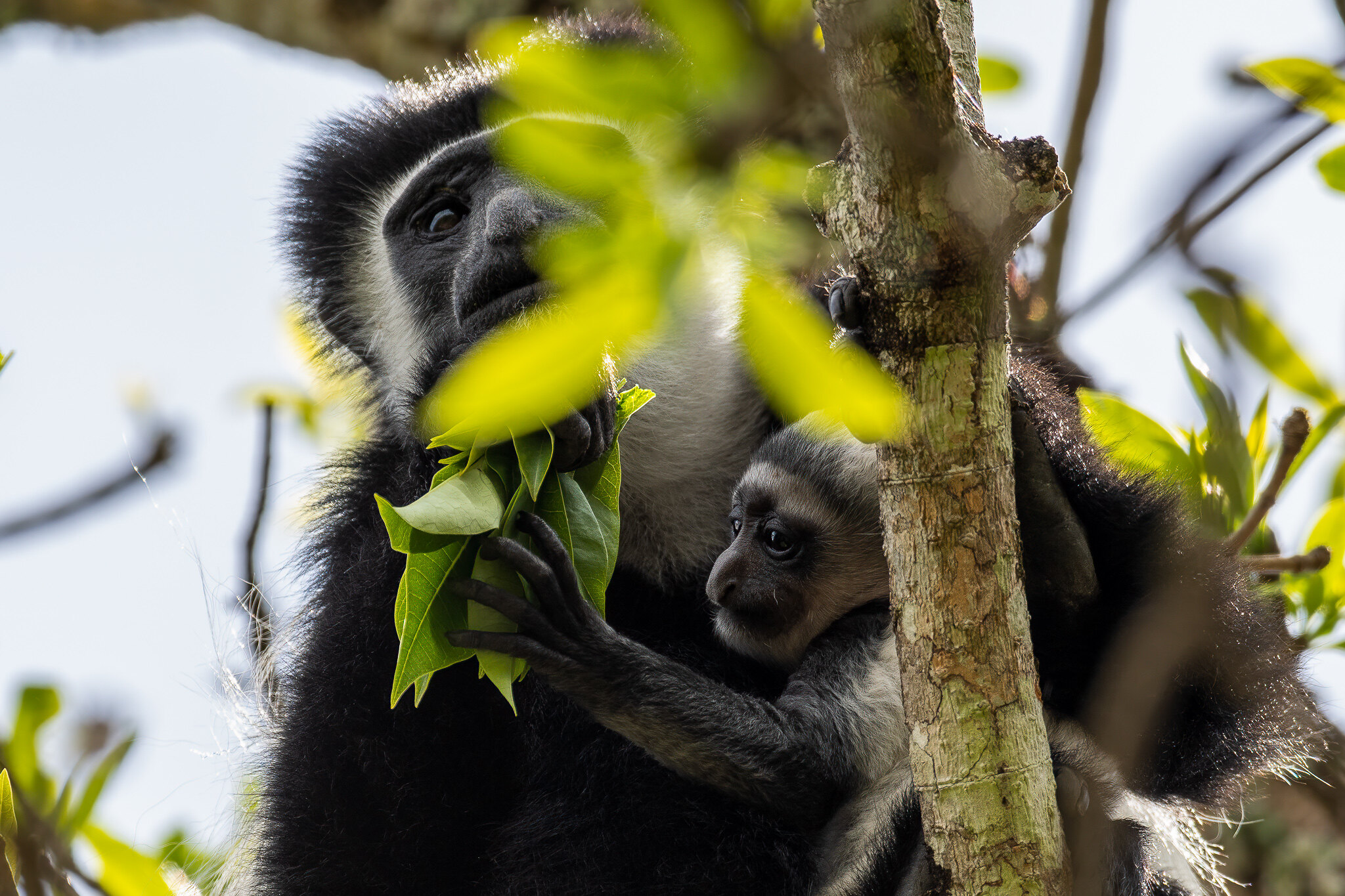
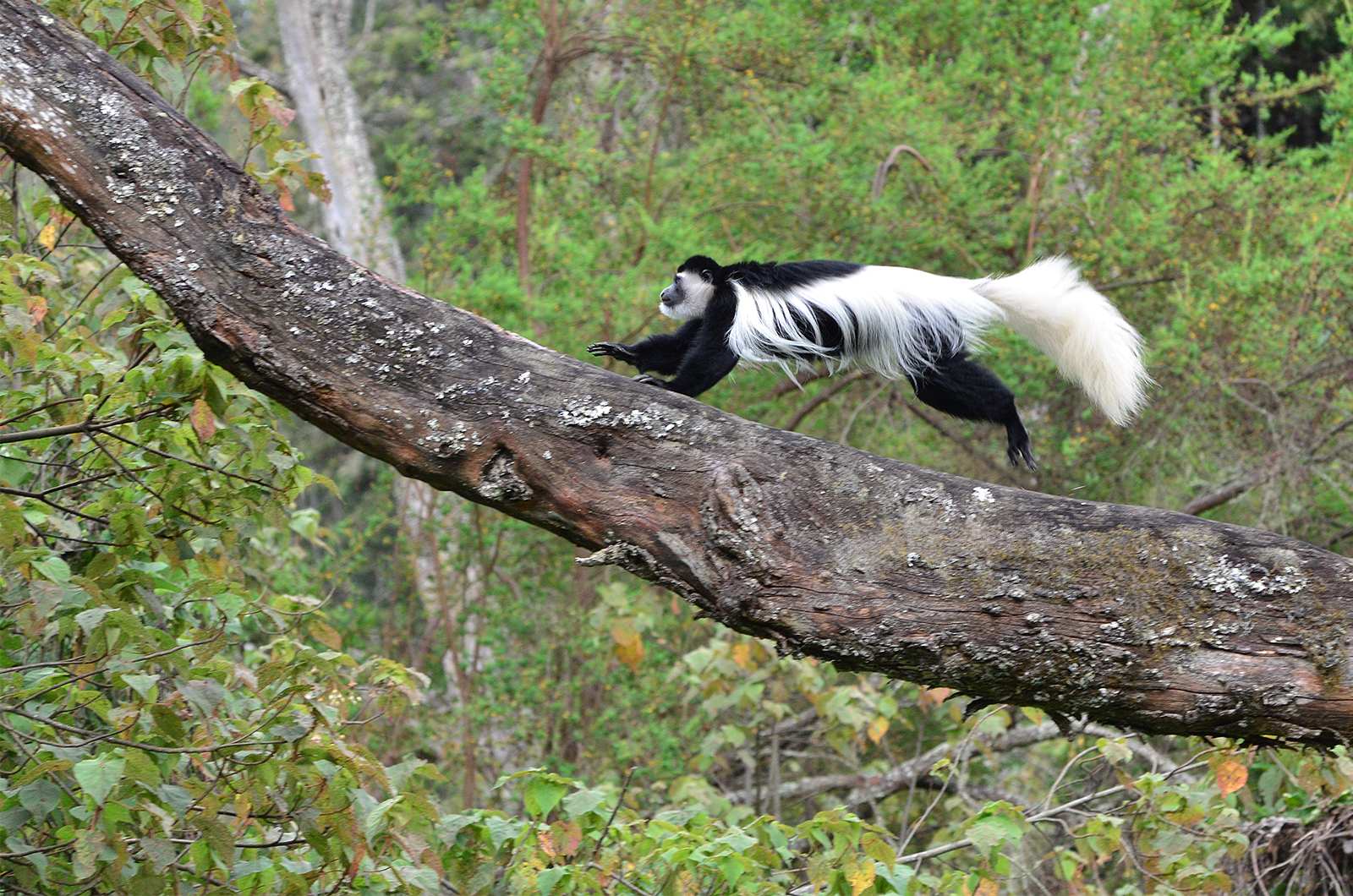
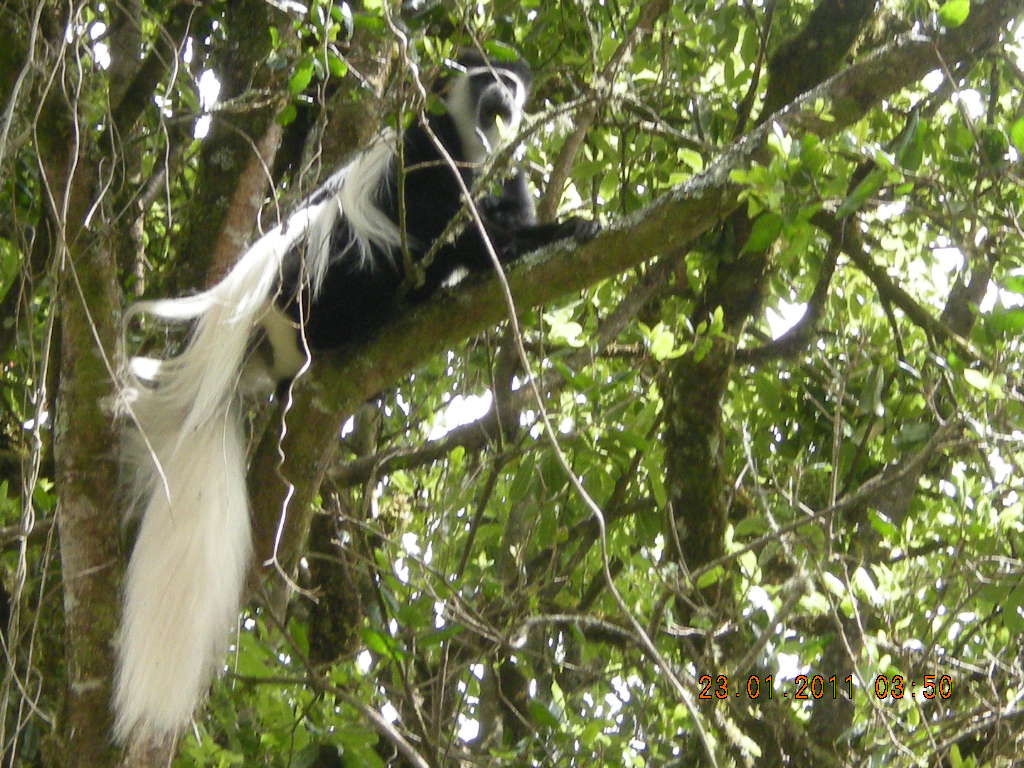
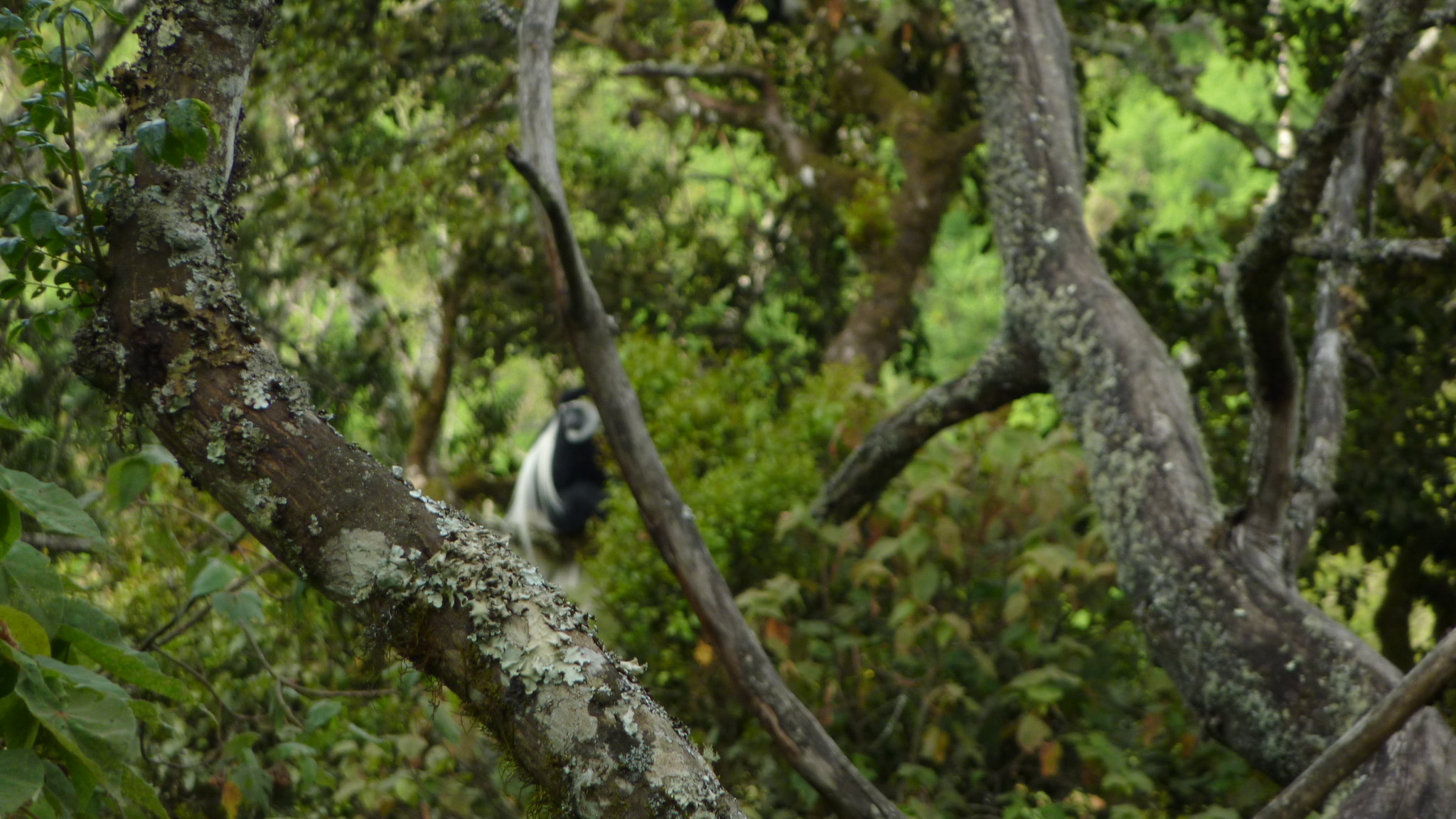
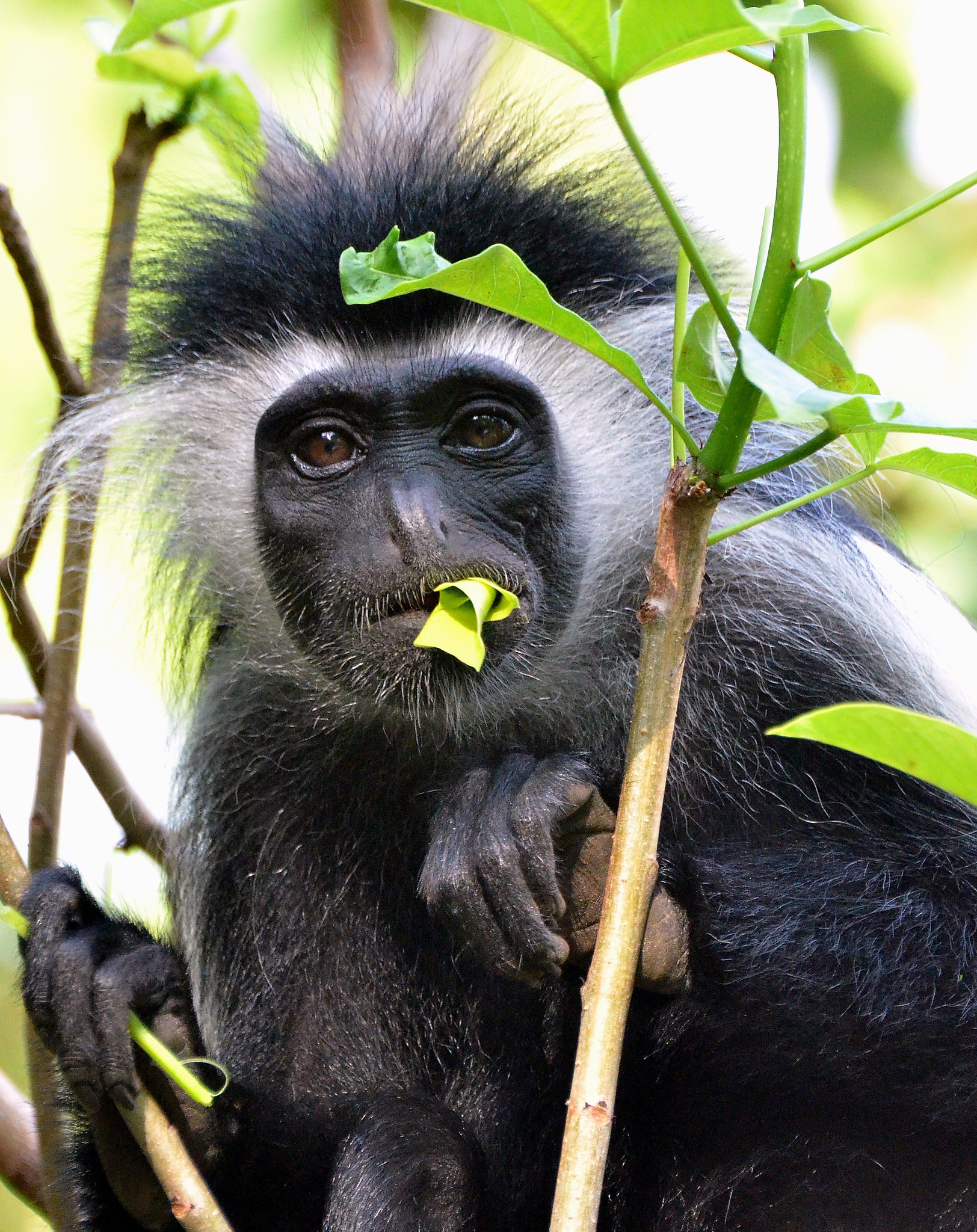
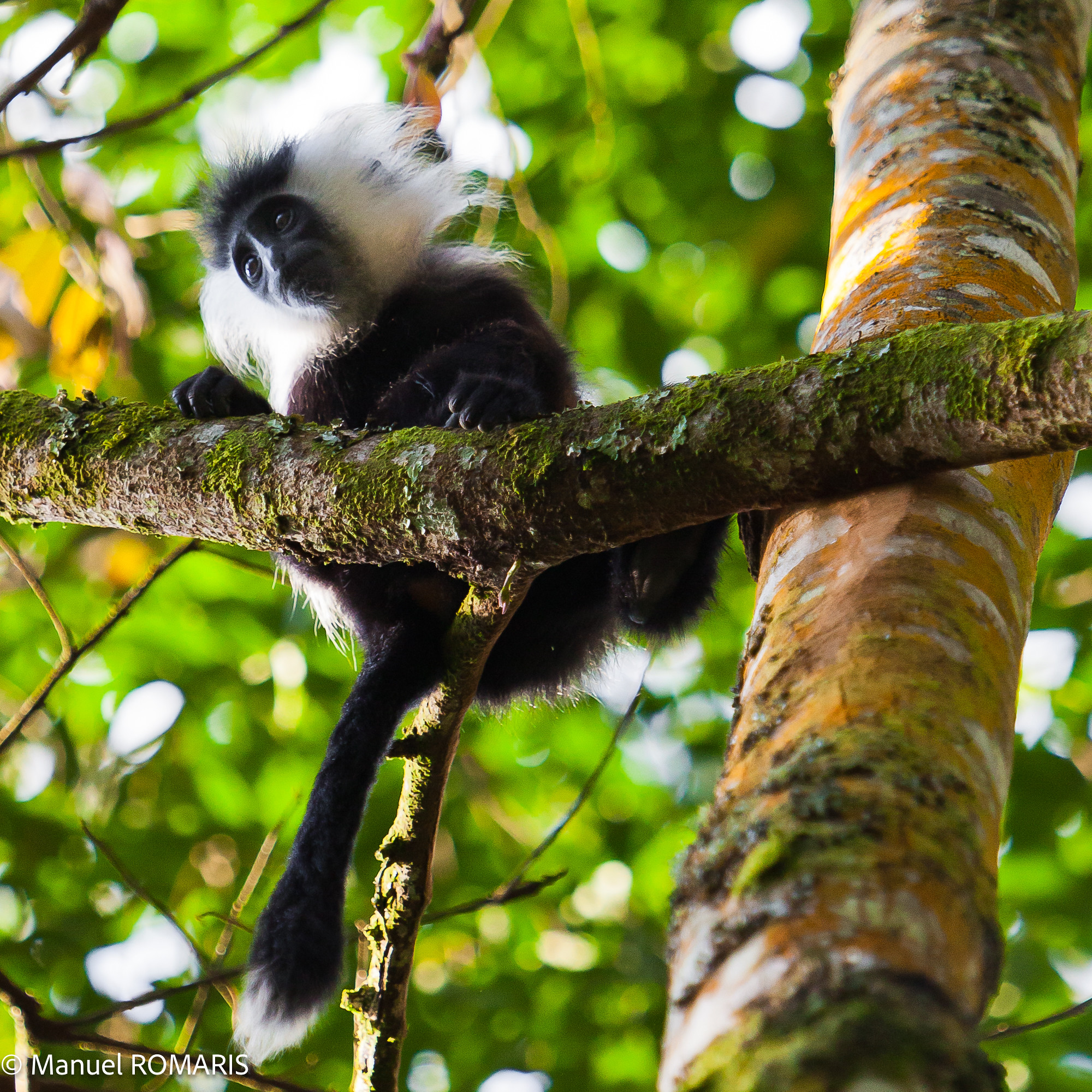
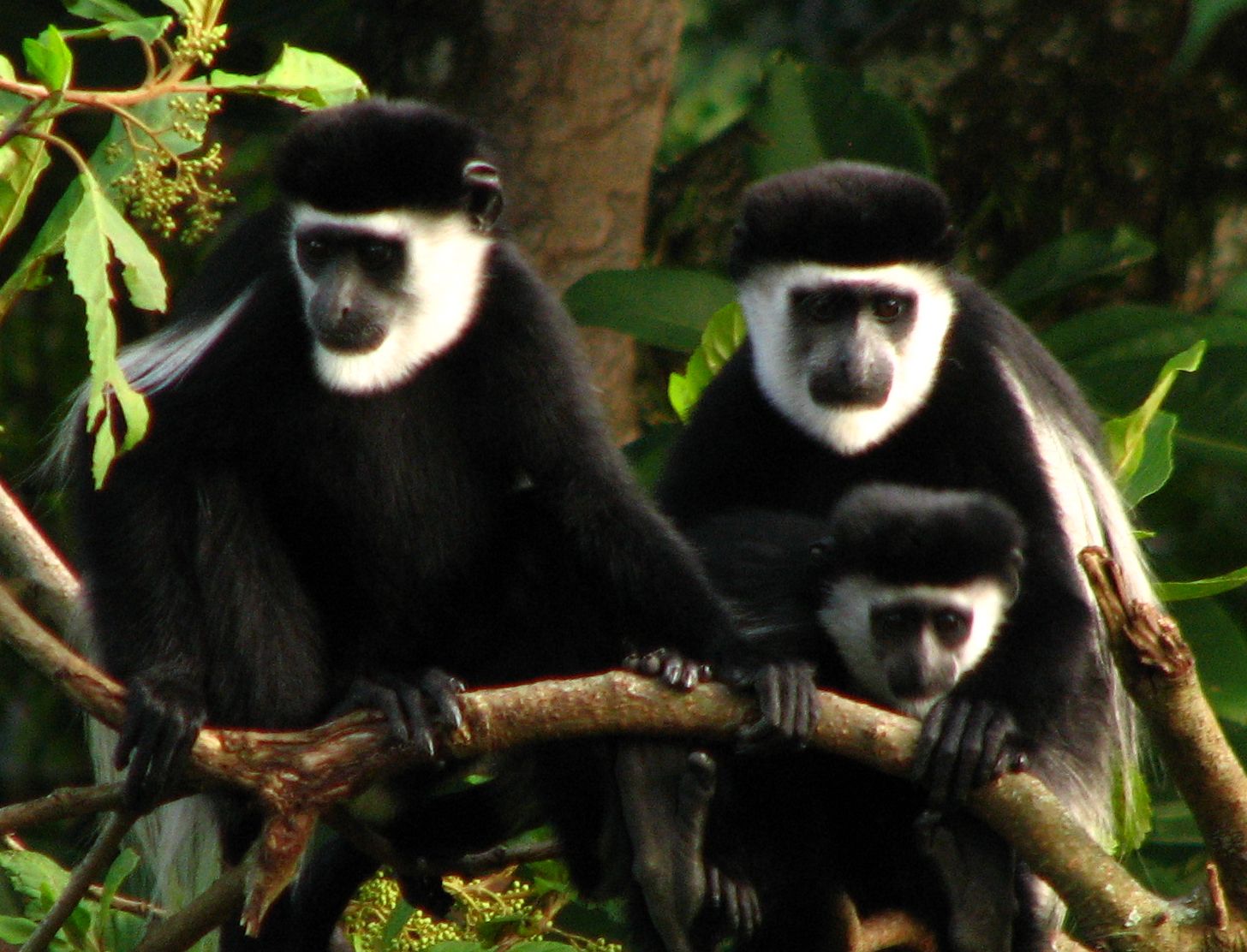
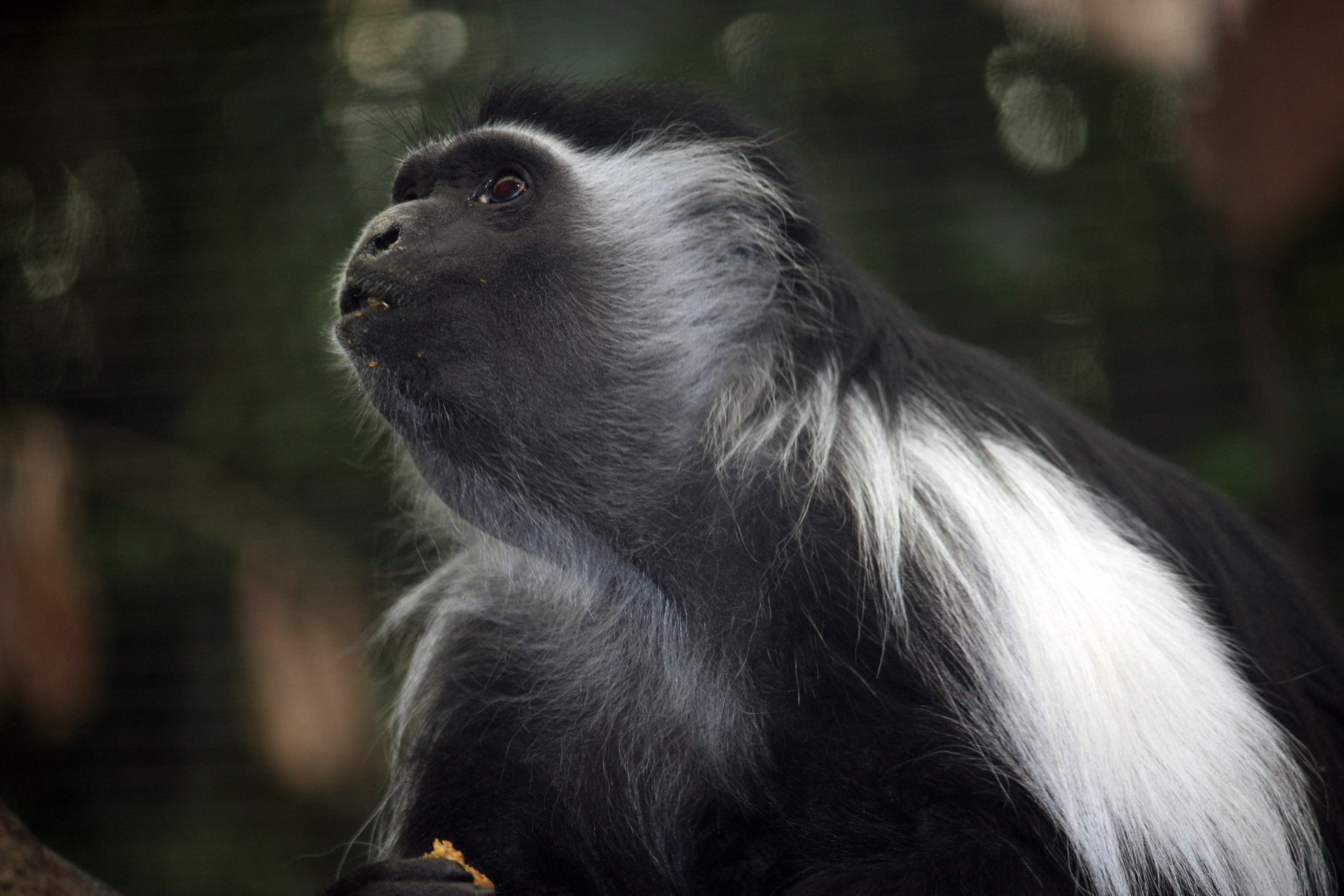
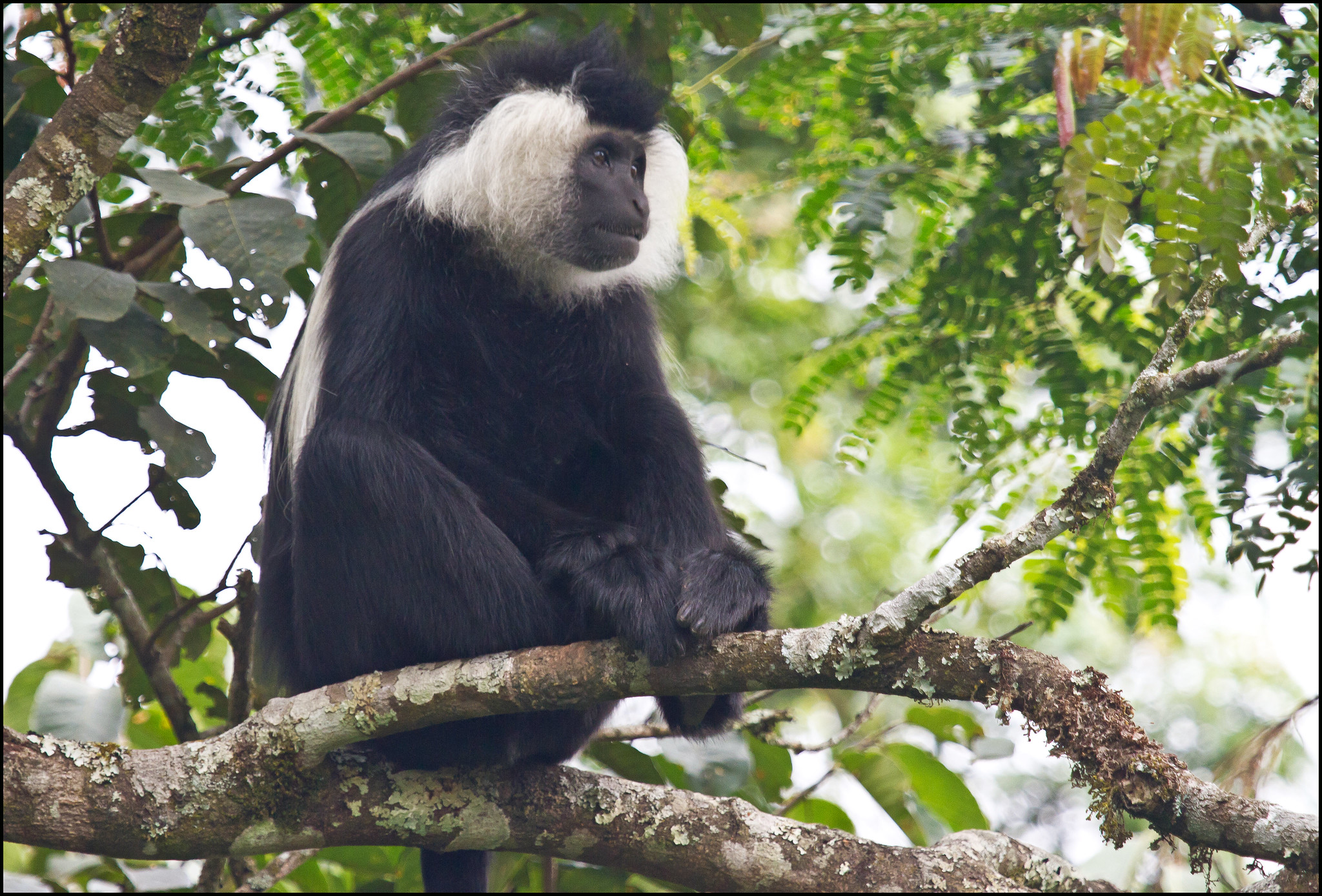
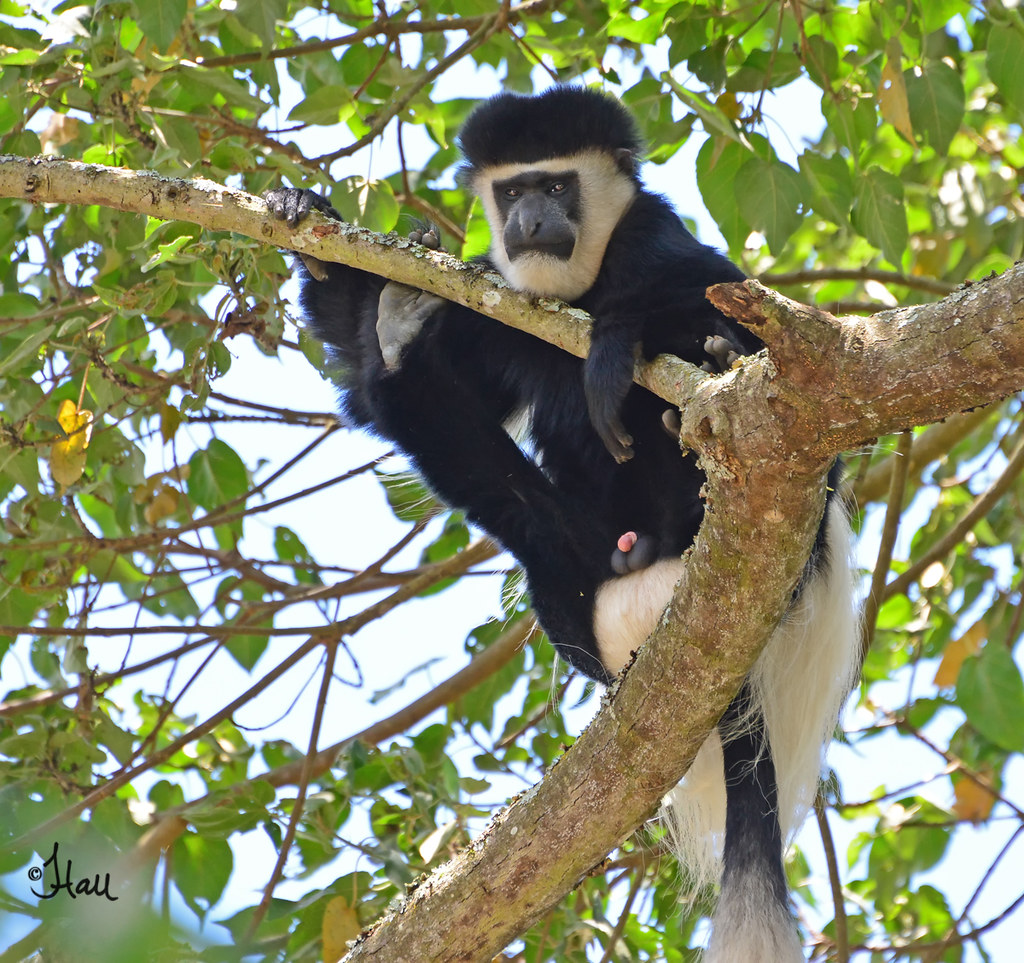
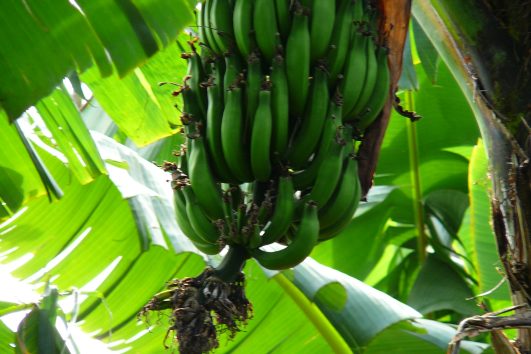
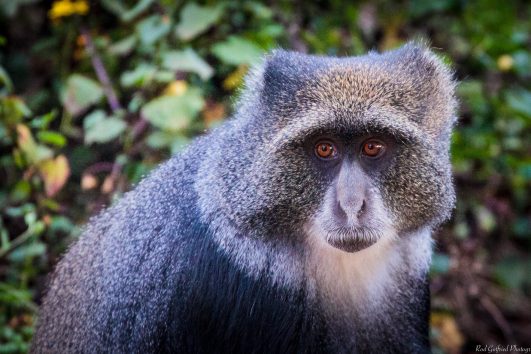
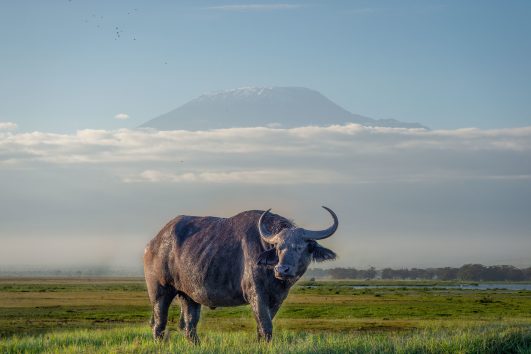
Tour Reviews
There are no reviews yet.
Leave a Review